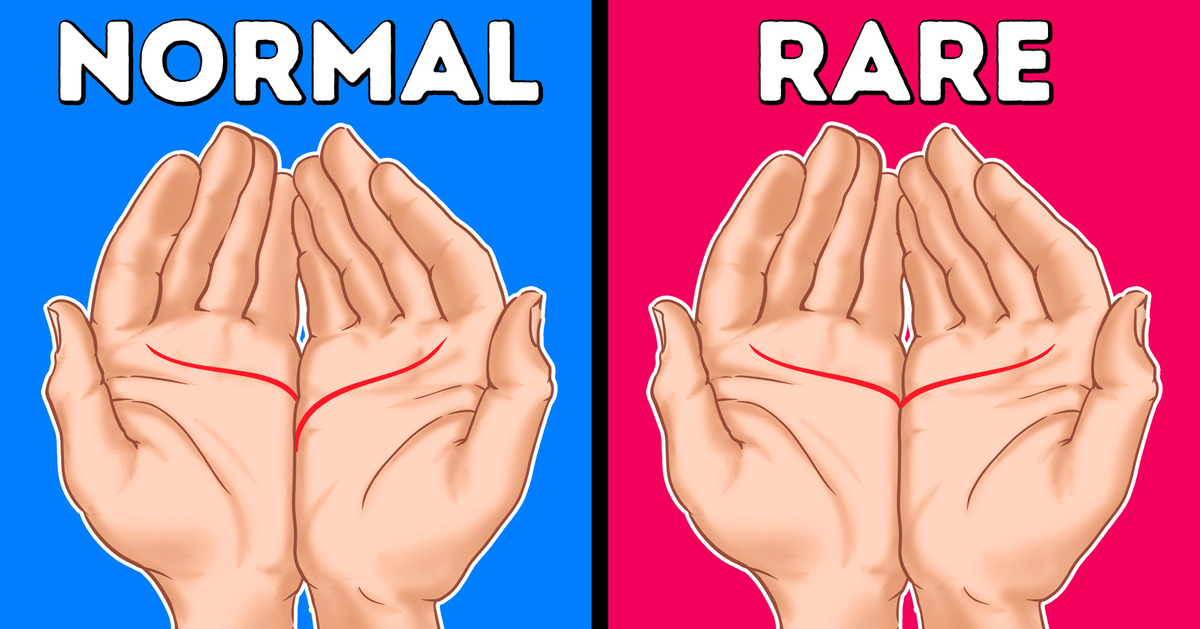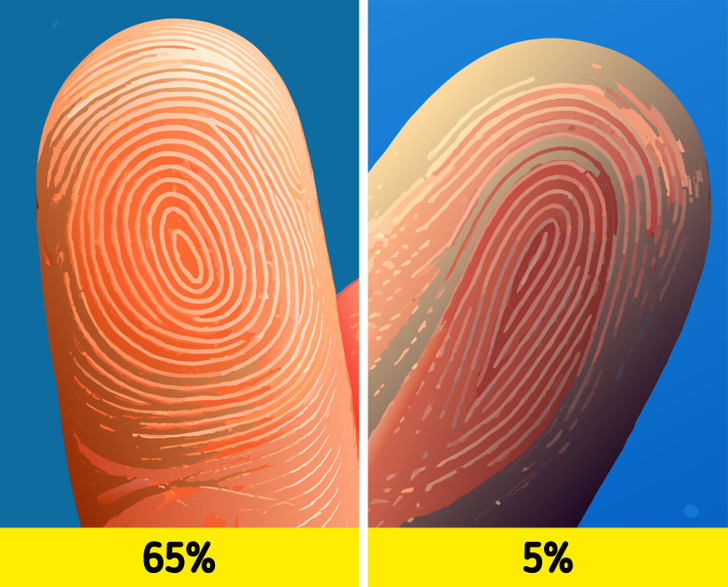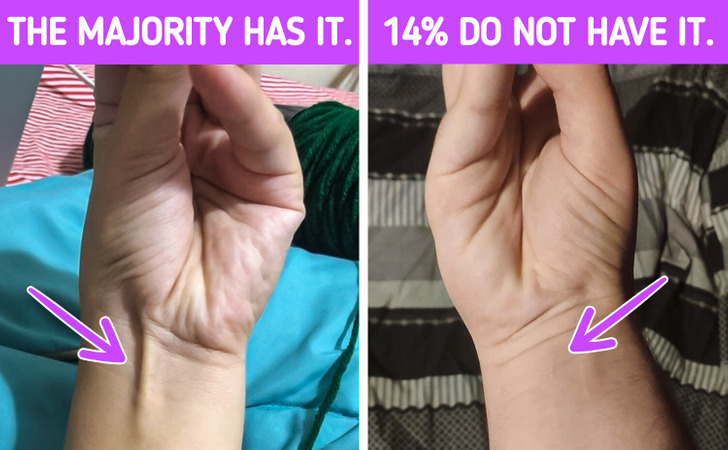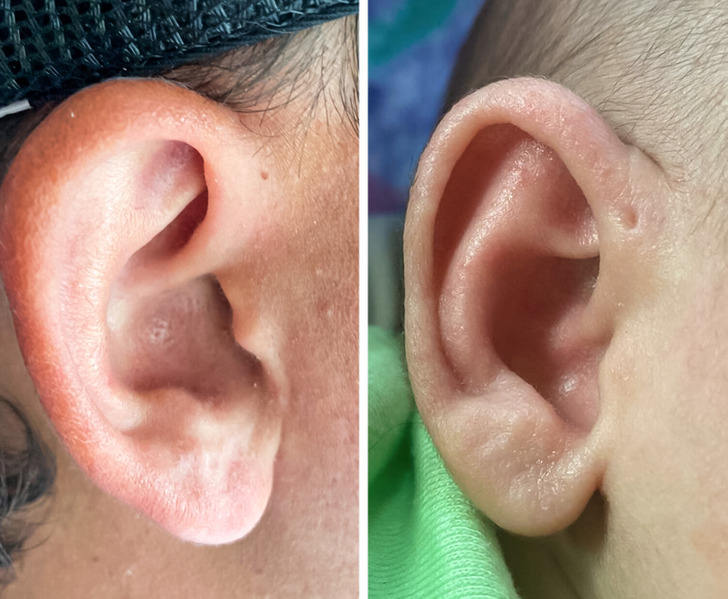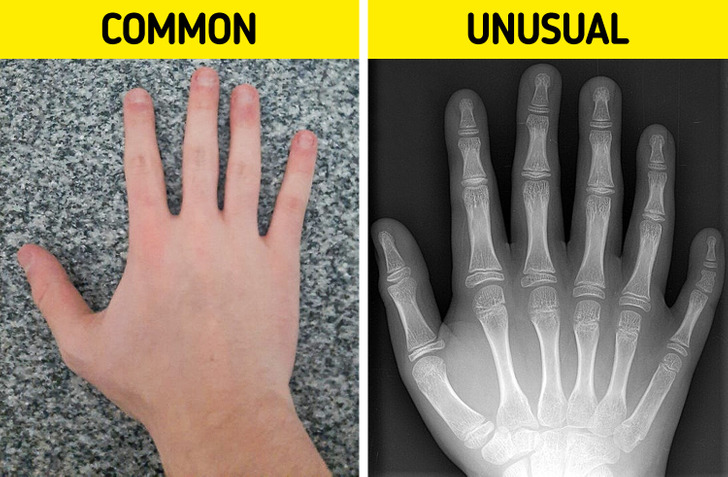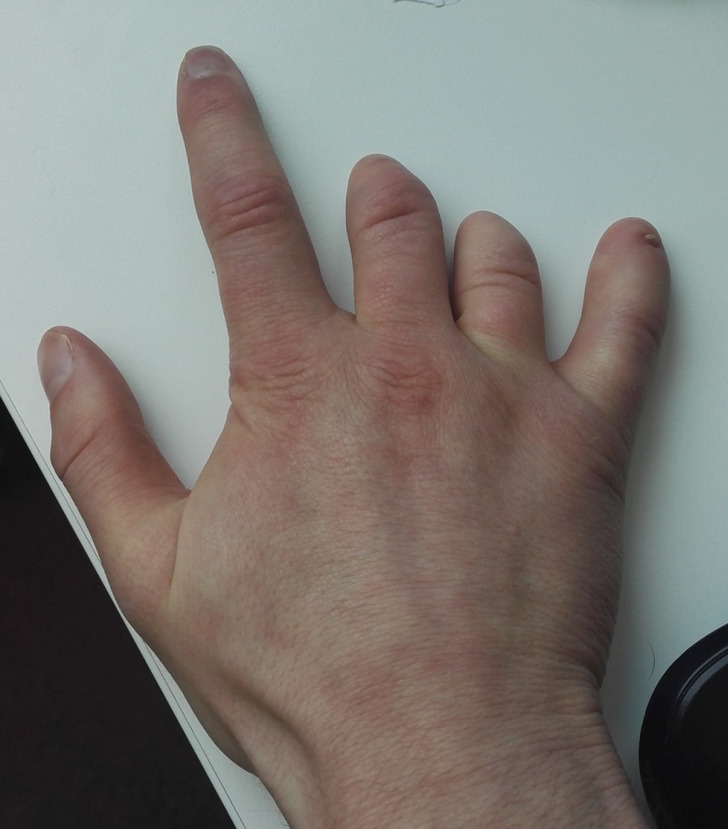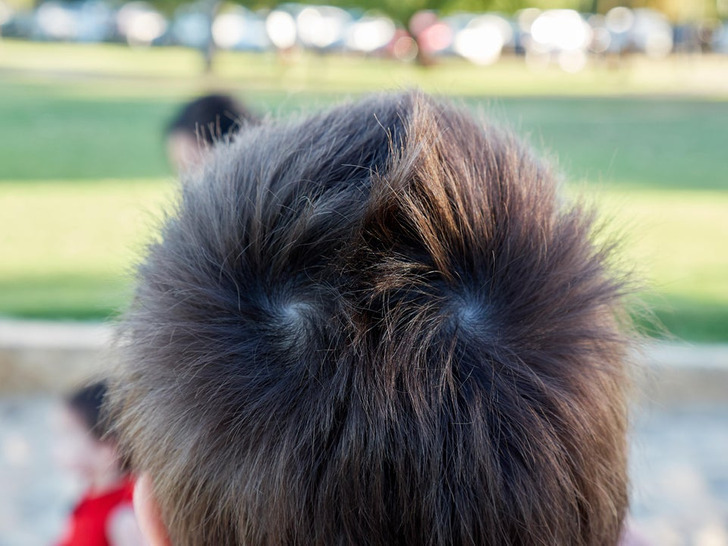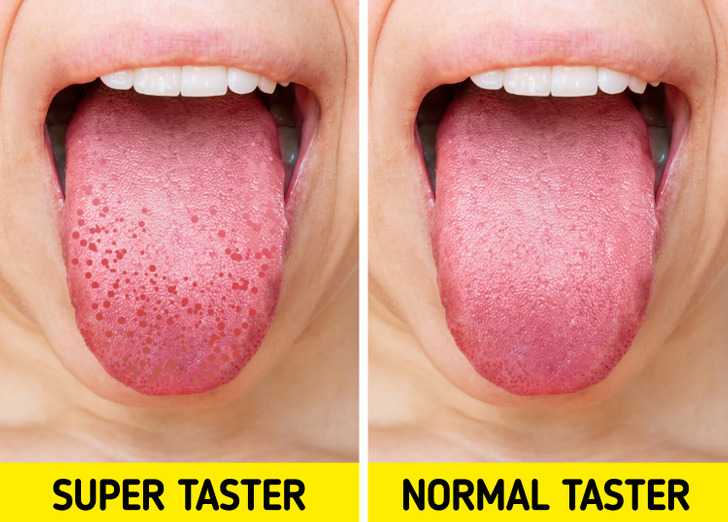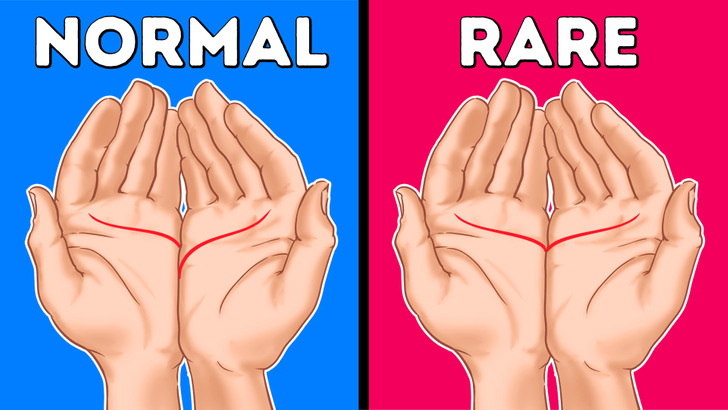A few years back, Nat Geo did a great piece:
On The Biggs sisters, yes they are fraternal twins, yes, born to the same mother and father.
As you have probably guessed, one seems to have gotten more genes from the mother, and the other, from the father.
Their parents, who met in England and fell in love, happened to be of different races.
And these sisters have spent, what I suspect, is a lot of their life convincing people that they are indeed twin sisters.
And despite differing appearances, they are a tightly knit, deeply loving family. Blending the lines on how we see race.
There have been more extreme cases.
These sisters are also twins:
<sniff>
These families are so damn cute. I gotta cuteness pain in my side.
I wish I had a black twin brother. :(




